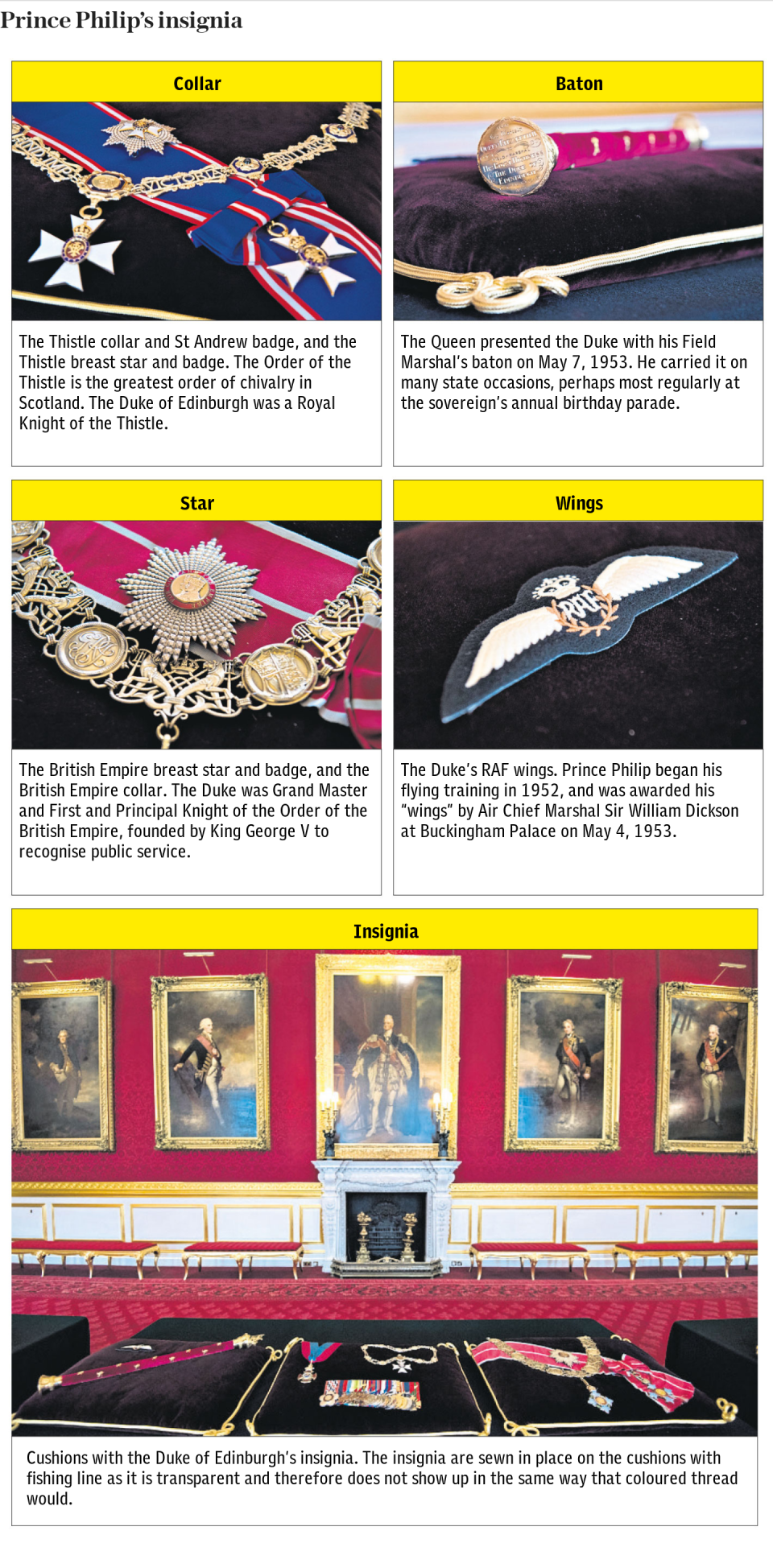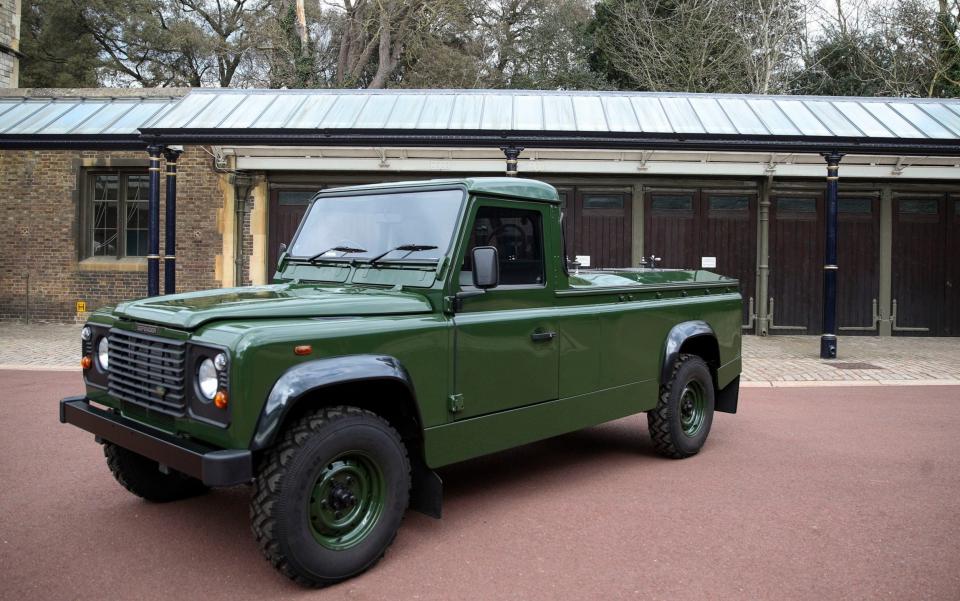Seven hundred military personnel to be involved in Prince Philip's funeral

Even in a pared down ceremony more than 700 military personnel will take part in the funeral of the Duke of Edinburgh tomorrow.
Detachments representing all the ships, naval stations, regiments and other units connected to Prince Philip will be represented.
The Royal Marines, of which Prince Philip was Captain General prior to stepping back in 2017, will carry his coffin
The Band of the Grenadier Guards will lead the procession from from the State Entrance of Windsor Castle to St George’s Chapel on Saturday afternoon.
Prince Philip was Colonel of the Grenadier Guards, the senior infantry regiment in the army, from 1975 to 2018. He was succeeded by the Duke of York.

Lining the route to St George’s chapel will be members of the Royal Gurkha Rifles and the Intelligence Corps.
The Royal Gurkha Rifles consists of three battalions, two based in Kent - one of which is assigned to 16 Air Assault Brigade, the army’s airborne force based around The Parachute Regiment - and one permanently stationed in Brunei.
One of the four Gurkha regiments that amalgamated in 1994 to create the Royal Gurkha Rifles was 7th Duke of Edinburgh’s Own Gurkha Rifles.
The Intelligence Corps, of which Prince Philip was Colonel-in-Chief since 1977, was formed in 1940. It is deployed worldwide in direct support of the army and UK allies.
The Royal Navy and Royal Air Force will also be represented.
Prince Philip was Air Commodore-in-Chief of the Air Training Corps, the cadet force, and Honorary Air Commodore of RAF Northolt, in north east London, since 2012.
RAF Northolt is home to 32 (The Royal) Squadron, which transports senior military and politicians as well as other VIPs including the Royal Family.

A piping party from the Royal Navy will signal the start of a national minute silence at 3pm.
Prince Philip saw active service in the Second World War in the Royal Navy in the Mediterranean and Pacific theatres, having joined the service aged 17.
Posted to HMS Valiant in the Mediterranean in 1940, he saw action off North Africa and took part in the victory over the Italian Fleet at Cape Matapan in 1941. Prince Philip was mentioned in Dispatches for his conduct during the action.
Sailors and Royal Marines joined counterparts from the other services in rehearsals for the funeral last weekend.
On Saturday they mustered at HMS Collingwood in Fareham before moving to the Army Training Centre Pirbright to finalise preparations for Saturday’s funeral.
The Duke’s coffin will be covered with his personal standard and will bear his naval cap and sword.
The sailors and Royal Marines have been drawn from selected establishments and units to maintain Covid-secure bubbles.
They are Charlie Company of Taunton-based 40 Commando, HMNB Portsmouth, RNAS Yeovilton and Devonport-based HMS Magpie – a ship with a special connection to the Duke.
The previous HMS Magpie, a frigate, was the only vessel the Duke of Edinburgh commanded. He completed his naval career in 1953.
Royal Marines First Drill, Warrant Officer First Class Steve Payne, said: “The Royal Marines have the honour of bearing the coffin of our former Captain General, His Royal Highness, from the hearse and up into St George’s Chapel, the final part of the ceremonial aspect of the funeral.
“The training comes thick and fast this week to get ourselves up to speed. Personally, I’ve had a lot of high points of my career, but as a drill instructor there can be nothing better than helping to send off the former Captain General in the very best way possible.”

 money
money 